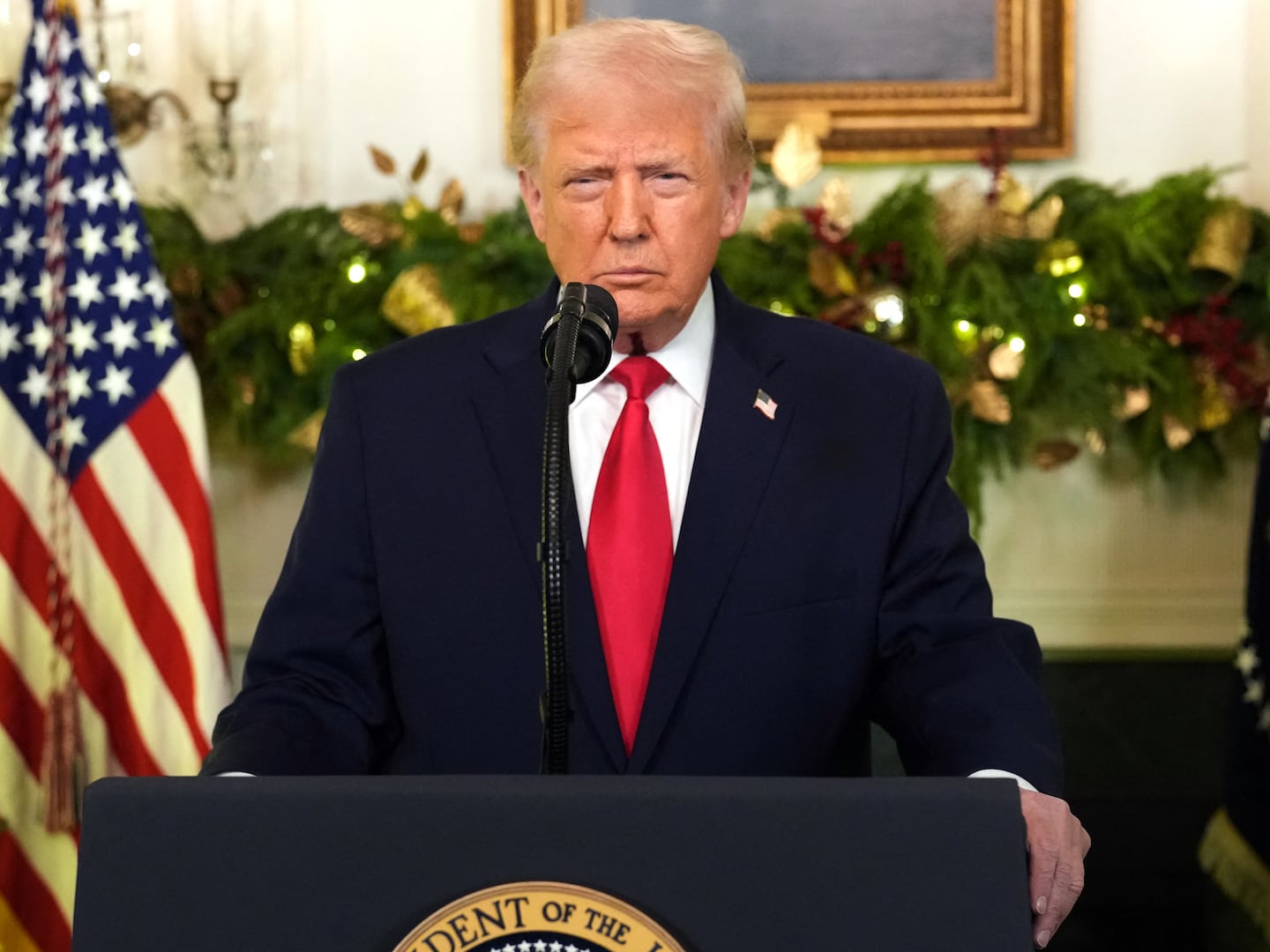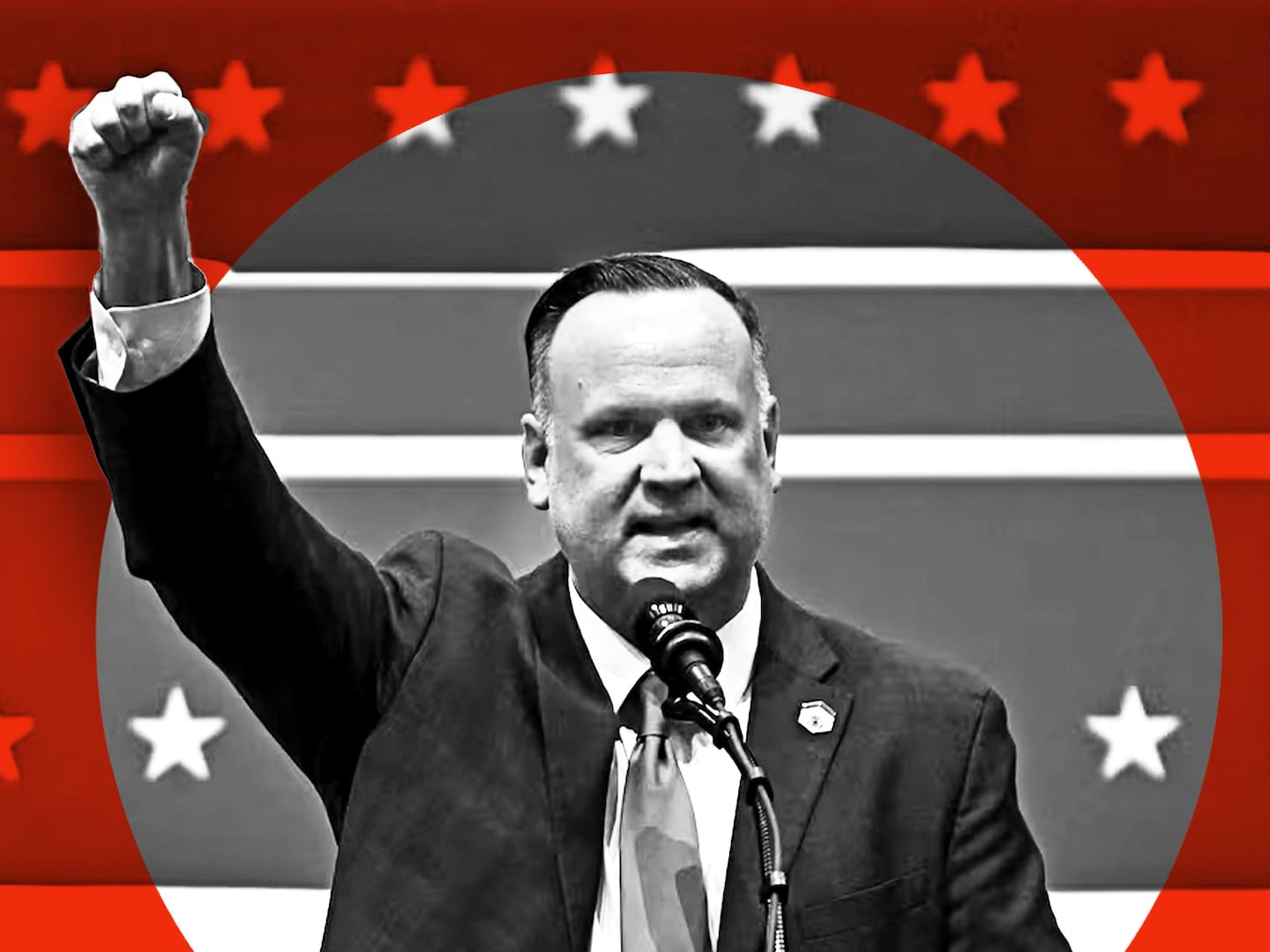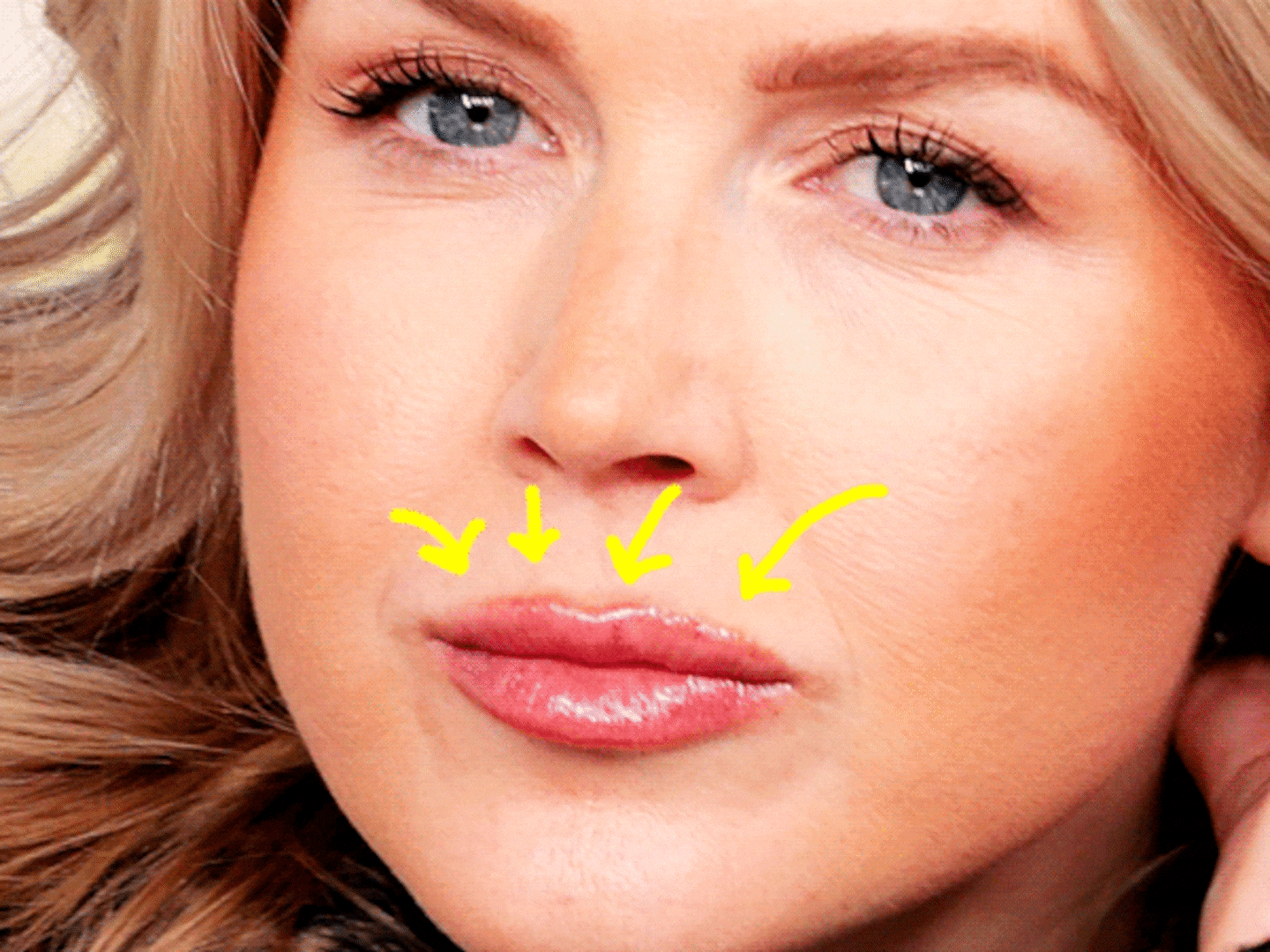Before we talk about immigration, let’s talk about robots.
The next 10 years are expected to see a revolution in the application of Artificial Intelligence to every day tasks. Cars and trucks may soon drive themselves. Just as ATMs replaced bank clerks, so too new checkout machines will hugely reduce the need for retail clerks. The need for human labor in construction, meatpacking, and food preparation seems certain to contract.
Most economists expect that the next decade will see downward pressure upon wages reach into the professions. Much of what junior architects do will be robotized. Ditto bookkeepers and accountants. Ditto pharmacists. Ditto lawyers.
The United States has already traveled far on the road toward a society characterized by extremes of wealth and poverty. From the New York Times, February 3:
Across the country, Olive Garden and Red Lobster restaurants are struggling, while fine-dining chains like Capital Grille are thriving. And at General Electric, the increase in demand for high-end dishwashers and refrigerators dwarfs sales growth of mass-market models. … The post-recession reality is that the customer base for businesses that appeal to the middle class is shrinking as the top tier pulls even further away.
President Obama cited these realities in his State of the Union address last week.
Today, after four years of economic growth, corporate profits and stock prices have rarely been higher, and those at the top have never done better. But average wages have barely budged. Inequality has deepened. Upward mobility has stalled. The cold, hard fact is that even in the midst of recovery, too many Americans are working more than ever just to get by—let alone get ahead. And too many still aren’t working at all.
Our job is to reverse these trends.
But in fact, the president’s most important policy proposal to Congress—the Schumer-Rubio immigration reform—would exacerbate the trends he deplores.
In the debate over “paths to citizenship” and “enforcement first,” we can lose sight of what “immigration reform” most fundamentally means to the future American labor market: a massive new influx of low-wage workers.
The United States already receives between 700,000 and 800,000 legal immigrants a year. (Before the economic crisis, the U.S. received an additional half-million illegal immigrants annually. Illegal migration slowed after 2009. It’s anybody’s guess how well the various enforcement measures in Schumer-Rubio will work if and as economic activity accelerates in the years ahead.)
Including the newly legalized, Schumer-Rubio will admit potentially 30 million lawful residents to the United States over the next decade, triple the admissions expected under current law.
Many business leaders argue that the United States needs to attract more highly skilled immigrants. But do the arithmetic, and you’ll see that Schumer-Rubio will continue to hold the door widely open to the least skilled. The bill allots up to 250,000 limits to certain occupational specialties. Half of these visas are reserved for low-skilled workers. Schumer-Rubio dramatically accelerates family reunification immigration, now and in future far and away the largest category of migration. The people most able to make use of family reunification visas are the most recent arrivals—and recent immigrants are much more likely to be poor and unskilled than the native-born or longer-settled immigrants. The foreign-born population of the United States is nearly twice as likely as the native-born to be poor. They are four times more likely not to have completed high school. They are 50 percent more likely to depend on a major social assistance program—an even more arresting statistic than it looks, since something over one-quarter of the foreign-born are present illegally, and therefore ineligible for most social programs. Their relatives back home are likely to resemble them in terms of education, skill, and income potential.
More immigration therefore almost certainly would mean more poverty and intensified inequality even if all else held constant.
Almost certainly, though, all else will not hold constant. If the next decade brings still heavier downward pressure on wages—and even higher returns to capital investment and to unique skills—then Schumer-Rubio will exert an even more extreme pro-poverty, pro-inequality effect.
Which leaves one wondering: what does the president think he’s accomplishing?
Of course, the same problem could be asked of Republicans, whose leadership in House and Senate has lined up in favor of Schumer-Rubio, or something close to it.
More immigrants mean more people who will need social assistance. More than one-fourth of the pre-Obamacare uninsured were foreign-born. Low-wage immigrants need Medicaid, Earned Income Tax Credits, Section 8 housing vouchers, and school lunches for their children.
I find it clarifying to think of the immigration policy of the past three decades as a massive subsidy to employers of cheap labor. They save a few dollars an hour. The rest of the country pays the associated costs of raising their workers up to an acceptable American standard of living.
Immigration is too often discussed in the United States as a political problem: “How to appeal to Hispanic voters.” It is that, of course, but it’s also more. It’s a debate about the kind of country the present citizens of the United States want for their children.
Vast global changes—changes that have touched every developed country to a greater or lesser degree—have squeezed the incomes of those in the middle and have lengthened the odds that those born poor will escape poverty. In response, hard-pressed Americans now favor a thicker social insurance net. It’s not because they have fallen short of the rugged independence of their parents and grandparents. It’s because they face a harsher economic climate than their parents and grandparents did.
Immigration does more than recruit the country’s future workforce. It shapes the country’s society and determines the country’s future electorate. A pro-poverty and pro-inequality immigration policy means that the America of the 2040s will have more poverty and inequality to deal with, one or another. Democrats concerned by poverty and inequality—and Republicans who resist the social welfare measures necessitated by poverty and inequality—need to think harder about this question. When they call for immigration reform, what problem are they solving? What kind of society are they building?





